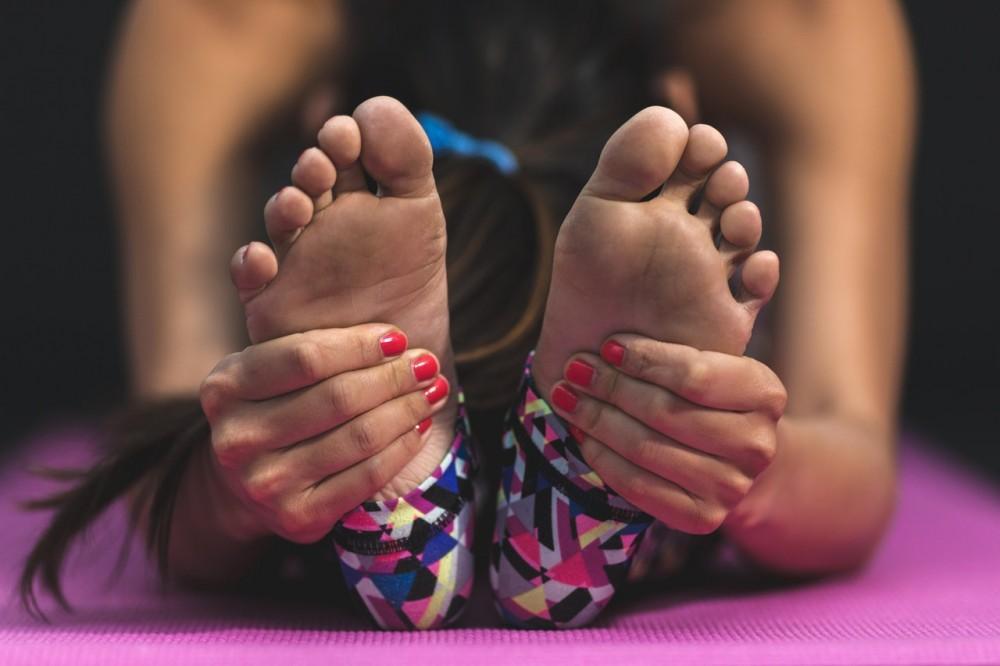The human foot has many moving parts that work together to keep us ‘on our toes’. Despite their relatively fragile anatomy, our feet can take some serious punishment and then some. But they do have their fair share of limitations and problems, most of them involving toes.
Foot problems are so common that about 75% of Americans will experience them at one point in their lives. It pays to learn about the most common foot problems for early diagnosis and treatment.
Here is our round-up of the 4 most common toe problems that are caused due to disease, injury, or genetic disorders.
1. Bunion (big toe)
A bunion is a large bump that develops when the big toe pushes against adjacent toes. This forces the bone of the big toe to protrude due to weak joint misalignment, making the forefoot appear wider. Doctors refer to this as hallux valgus. Sometimes a bunion is actually a bony spur on the side of the big toe.
Most bunions won’t go away on their own and will worsen with time. People with flat feet are more likely to have bunions; these can be seen as red (often large) bumps on the side of the big toe joint. Most people will experience mild pain, difficulty wearing shoes, and extreme irritation.
2. Bunionette (little toe)
A bunionette occurs when the bump develops on the outside of the foot, at the base of the fifth metatarsal bone (little toe). It shares many characteristics with the bunion on the big toe side, but only a fewer people experience it. Bunionettes result in the little toe pressing against toe adjacent to it and curling under it.
This results in pain, irritation due to worsening shoe fit, and formation of calluses on the foot’s sole. Bunionettes are easy to diagnose because the worsening bone alignment is visually apparent. Nonsurgical treatments include shoe modifications, padding, oral medications such as ibuprofen, and orthotic devices.
3. Hammertoe
A hammertoe is a deformity of the foot that develops due to an imbalance in the muscles, tendons, or ligaments that are responsible for keeping the toe straight. Hammertoes cause the toe to curl downward or bend instead of pointing forward. People with flat feet are more likely to develop hammertoes.
Hammertoes are often painful because they lead to corns on the top of the toe, arthritis of the toe joints, and calluses on the ball of the foot.
4. Hallux Limitus
Hallux limitus is a condition that affects the hallux, the joint where the big toe connects to the foot. There is no single cause of hallux limitus. It can develop due to overuse of the joint, for example when workers have to stoop or square or athletes who place enormous stress on the joint. It can also occur after an injury such as stubbing the toe.
Hallux limitus results in a limited range of motion and pain at the big toe joint. If not treated in time, the limited range of motion may result in arthritis of the big toe joint.
Hallux limitus can be treated by wearing shoes with the right length and width, not wearing shoes with heels higher than one inch, taking oral medications such as ibuprofen, and cheilectomy (surgery) in worst-case scenarios.

